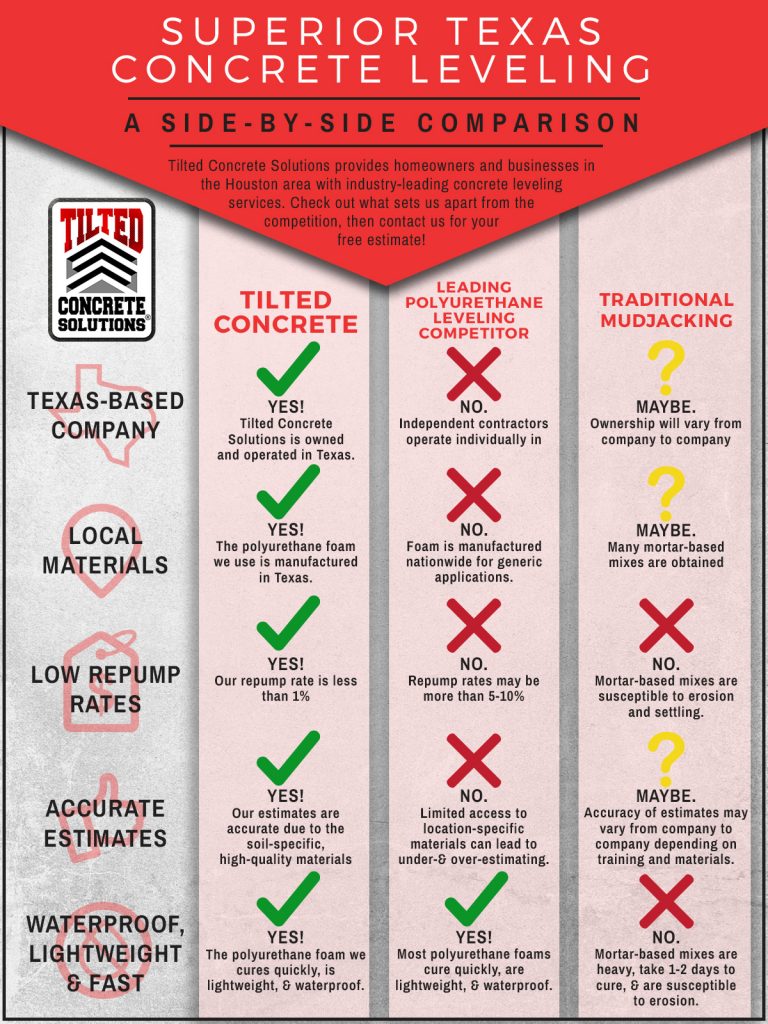Step-By-Step Guide To Preparing Your Wall Surfaces For Painting
Step-By-Step Guide To Preparing Your Wall Surfaces For Painting
Blog Article
Team Writer-Grace Rindom
When you're prepping your walls for painting, it's critical to comply with a systematic procedure to ensure a remarkable finish. Begin by checking out the wall for any type of damages; this action can make or damage your task. As soon as you've identified any type of concerns, cleansing the surface properly is important, as an unclean wall surface can impact paint attachment. After that, you'll need to spot any type of blemishes and apply a primer. But there specify strategies and ideas that can boost your prep work game-- let's explore those further to accomplish the best outcomes.
Assessing Wall Condition
Prior to you grab your paintbrush, take a minute to analyze your wall surfaces' condition. Check for any type of visible damage like fractures, holes, or peeling off paint. These imperfections can impact exactly how the paint adheres and looks when it's completely dry. If you observe any kind of significant damages, you'll need to focus on repairs before diving right into painting.
Look very closely at the appearance of your walls. Is please click for source , or is there texture that might require unique consideration? Smooth walls typically call for less preparation, while distinctive surfaces might need even more time to repaint evenly.
Also, consider the previous paint job. If the old paint is shiny, it mightn't permit brand-new paint to stick correctly. You'll want to know if your walls have been painted with oil-based or water-based paint, as this can impact your choice of primer or paint.
Finally, bear in mind of any moisture issues. If you see indications of water damage or mold, address these troubles right away to prevent more issues.
Cleansing the Surface
As soon as you have actually evaluated the condition of your wall surfaces, the next action is cleaning up the surface area. Beginning by gathering your products: a pail, cozy water, a mild detergent, a sponge or cloth, and a scrub brush for tougher areas.
Begin on top edge of the wall and work your method down. Mix the cleaning agent with warm water in your pail, then dip the sponge or towel into the service. Wring it bent on stay clear of excessive dampness on the wall surfaces.
As you clean, pay close attention to areas that could've collected dust, grease, or finger prints. For persistent spots, use the scrub brush carefully to stay clear of damaging the paint under. Wash your sponge or towel regularly in tidy water to prevent spreading out dirt around.
After cleaning, it's necessary to clean the wall surfaces with a damp towel to remove any kind of soap deposit. This step guarantees a smooth surface area for the brand-new paint to comply with.
Permit the walls to completely dry entirely prior to going on to the next prep work steps. This complete cleaning procedure will assist create a fresh canvas for your paint task, guaranteeing the best results.
Patching and Priming
Patching and priming are crucial action in preparing your walls for a fresh coat of paint. Initially, inspect supplemental resources for any kind of openings, splits, or imperfections. Use a top notch spackling substance or patching paste to fill up these locations.
Apply the substance with a putty blade, smoothing it out so it's flush with the bordering surface area. Permit it to completely dry completely, and then sand it lightly till it's smooth and also.
When you have actually patched whatever, it's time to prime. Guide aids seal the covered locations, making certain the paint adheres appropriately and gives a consistent finish. Select a guide appropriate for your wall kind and the paint you'll be making use of.
Apply the primer utilizing a roller for bigger areas and a brush for corners and sides. If your patched locations are considerably big or permeable, you might wish to apply a second coat of guide after the initial one dries.
After priming, allowed whatever dry extensively prior to proceeding to painting. This prep work won't only boost the appearance of your wall surfaces but additionally extend the life of your paint job.
Take your time, and you'll be pleased with the outcomes.
Verdict
By following these basic steps, you can attain a smooth and specialist coating on your wall surfaces. Start by examining their problem, then tidy and patch any kind of imperfections prior to applying guide. Bear in mind to permit ample drying out time and make certain whatever is smooth before you dive into paint. With the right prep work, you'll set the stage for a stunning change in your space. Now, collect your products, breathe in the fresh air, and prepare to repaint!
